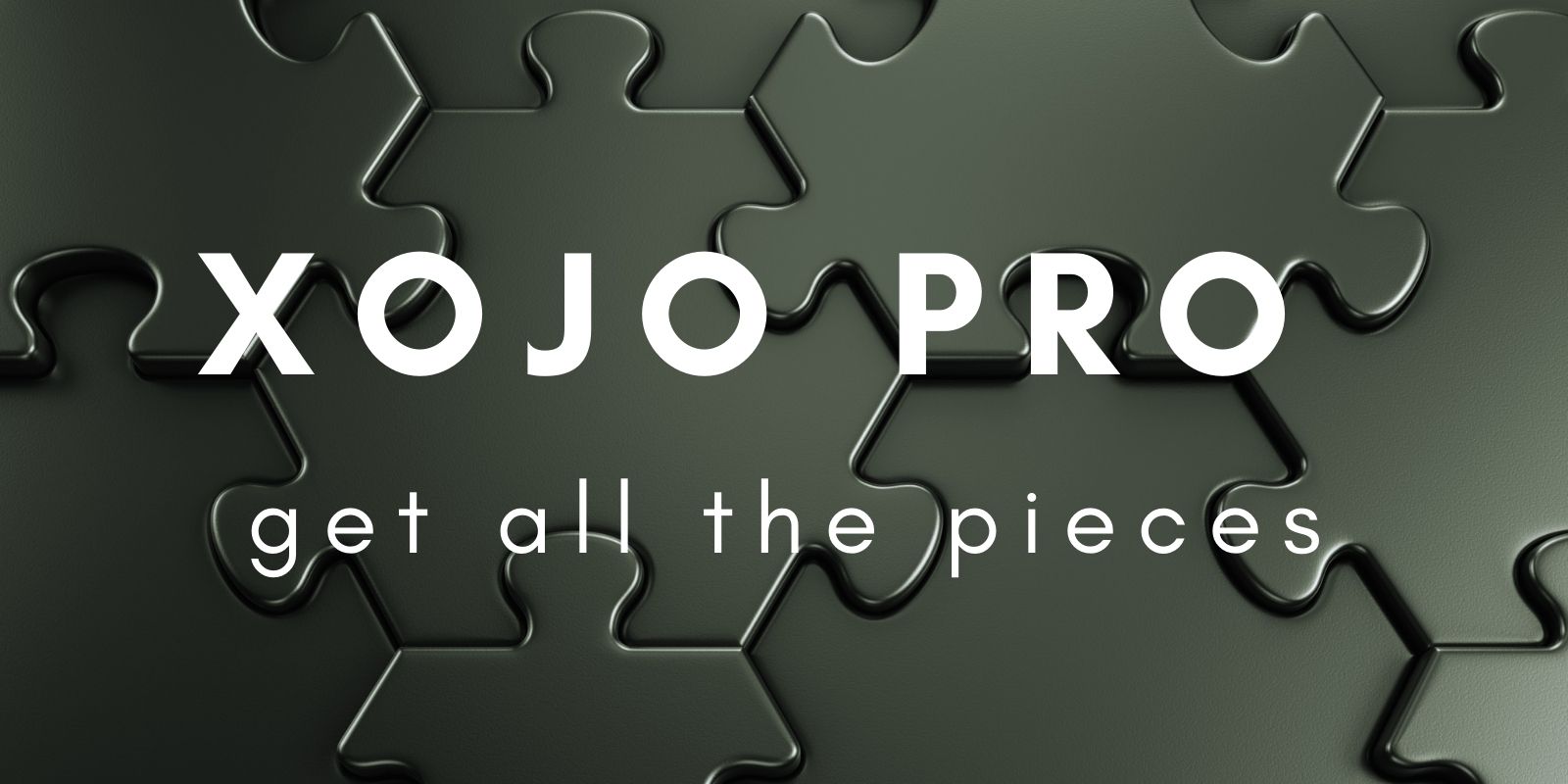Yuck! It happens to everyone, from beginners to experienced developers: sometimes you’ll get stuck. Perhaps the code you’re working on just won’t do what you want or maybe you’re having trouble understanding code plucked from the internet. Talk to the duck. The rubber duck, that is. The term “rubber ducking” or “rubber duck debugging” is a software development technique where you explain the problem you are having to a rubber duck (or appropriate substitute). Often the act of explaining the problem to someone else, even if that someone is not real, can help you figure it out. It might be like inspiration struck.
Comments closedXojo Programming Blog Posts
MacRumors reported that Google’s design chief for Apple platforms, Jeff Verkoeyen, announced that Google is switching from using a lot of custom controls in its iOS apps. this same device. You only get that if you use native user interface controls. That’s why Xojo has always provided native user interface controls, high-level access to native system functionality and compiled to native code.
Comments closedWhether you are new to Xojo or looking to upgrade your existing licenses, Xojo Pro is the best way to take advantage of everything Xojo has to offer. Xojo Pro includes support for every platform – desktop, web, mobile and Pi.
Comments closedI recently watched this video from Computerphile on YouTube (one of my favorite channels). It demonstrates a simple bit-shift operation can generate amazing random strings of numbers. I thought I’d quickly convert it to Xojo.
Comments closedALE is a tool which Xojo developers can use to write assembly language in their applications. It can be used just for fun, distribution in compiled apps, or as a learning tool to discover what Xojo and other languages must be doing underneath.
Comments closedIn Xojo 2021R2 binary enumerations were introduced. These Enums must be declared in a module and are treated by the compiler as a class. Learn to create an Enum for Days of the Week and demonstrate the use of that by creating a custom segmented button control.
Comments closedI’m happy to report that the Xojo engineers have overcome the hurdles that prevented building for macOS from Windows and Linux. The ability to cross-compile macOS apps from Windows and Linux will return in Xojo 2021r3.
Comments closedThere is something that is even better than using Cell Renderers from third parties- building them yourself. In this second part, you will learn how…
Comments closedThis post was originally published in 2018 and has been updated to use Xojo API 2.0.
Follow this tutorial to create active, aka clickable, words in the text of a TextArea control in your Xojo projects. Learn to use the Object-oriented Delegate design pattern to dynamically change how your app reacts when the user clicks on those active words. Best of all, this project is cross-platform, so you can use it for macOS, Windows and Linux!
Comments closedA quick tip I wanted to share about using Web DatePicker. I was using the DatePicker control on a web page and the results didn’t look correct.
Comments closed
